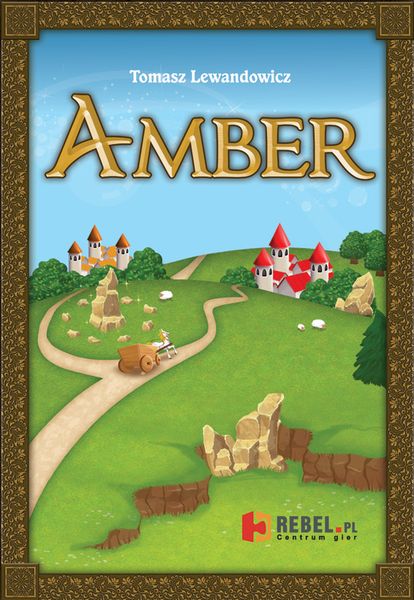Amber (2012) Board Game
Amber is a territory building and transportation board game that was released in 2012 by Rebel Sp. z o.o. It is designed by Tomasz Lewandowicz and features artwork by Ewa Kotowska. The game is suitable for 2 to 6 players, with a recommended age of 10 and above.
Game Components of Amber
How To Setup Amber
To set up the game, each player starts with the same initial cards and tokens. This includes an amber forest with an amber token, an alchemist slab, a traveler, and a town. Players also begin with some money and soldiers. The deck is shuffled, and each player draws the top card to start their journey.
Gameplay Mechanics and Game Objective
Player Experience
Playing Amber can be a mixed bag. The game starts off promisingly with its medieval theme and the intriguing concept of pushing your luck to gather resources. However, the gameplay quickly reveals its flaws. The game is heavily reliant on luck, with the draw of cards determining much of the outcome. This can lead to frustrating moments where players draw multiple danger cards in a row, essentially ending their turn without progress.
Pros
Cons
Personal Thoughts on Amber
Amber is a game that promises much but delivers little in terms of satisfaction. It is best suited for casual players who enjoy a light, luck-based game and are not looking for deep strategic gameplay. However, for players seeking a game with strong decision-making and less randomness, Amber may not be the best choice. The game’s reliance on luck and its lack of diverse upgrades make it feel somewhat half-baked and less enjoyable over multiple playthroughs.
We are supported by our audience. When you purchase through links on our site, we may earn an affiliate commission, at no extra cost for you. Learn more.

